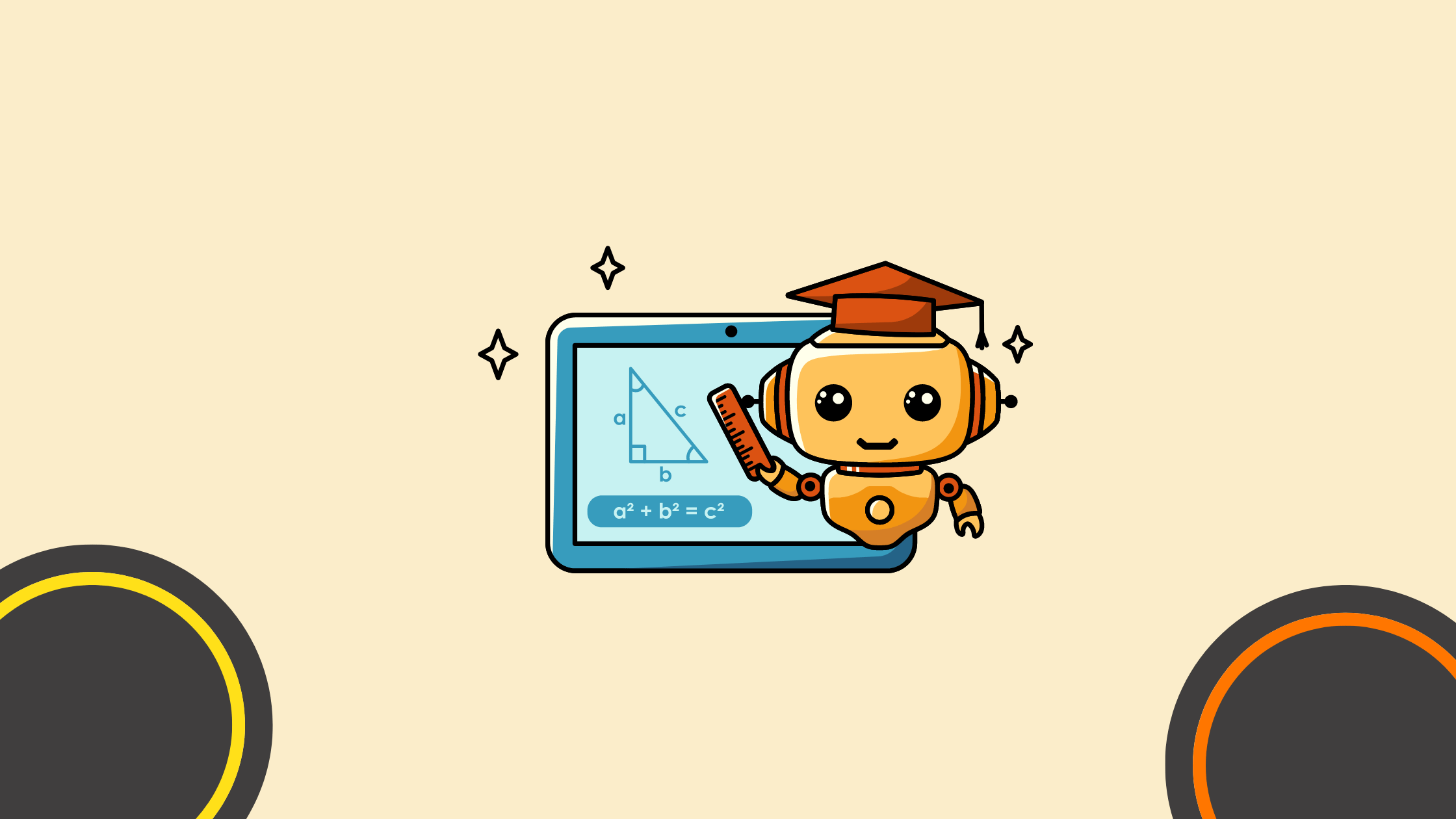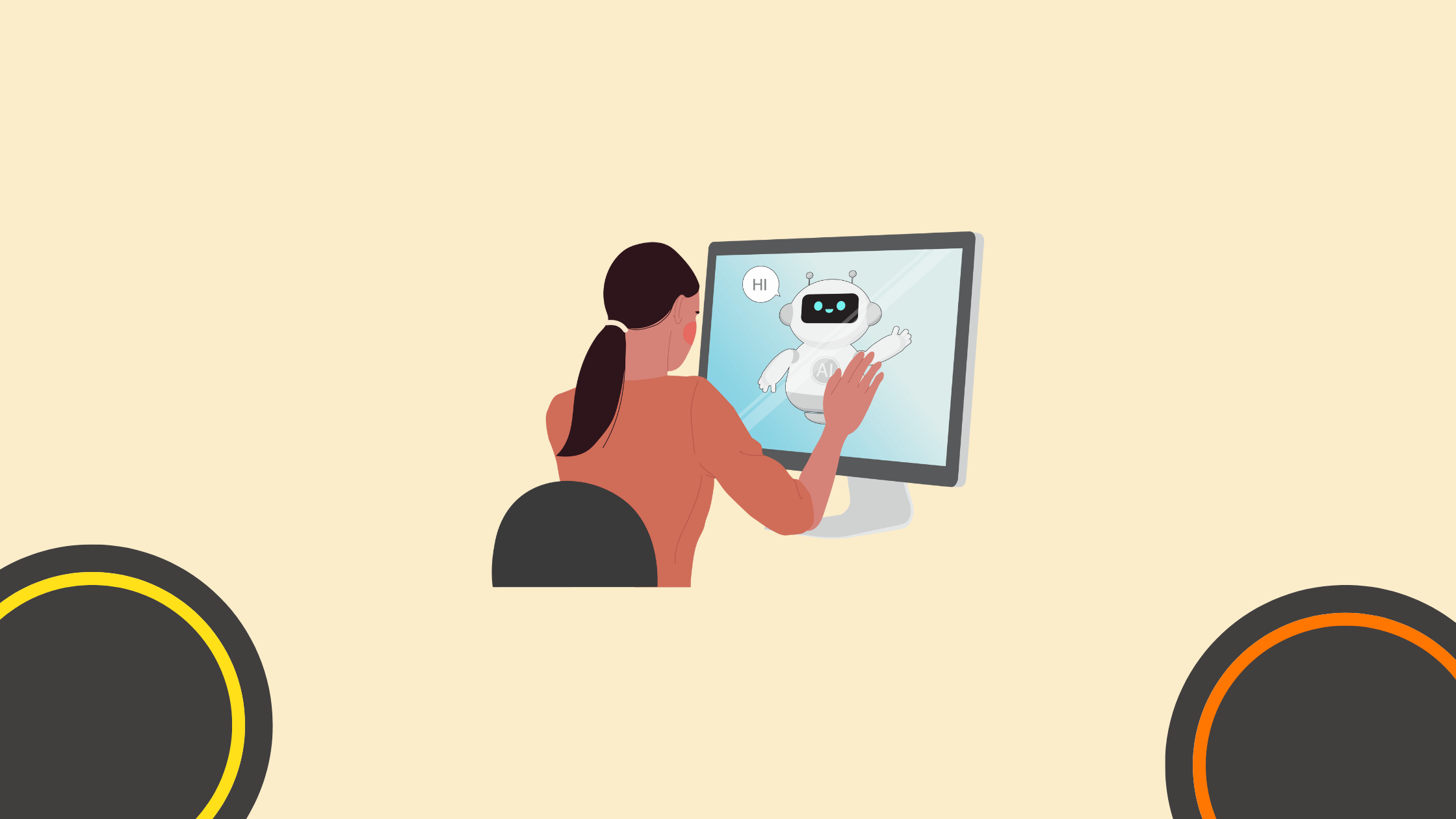Is AI Making Learning Easier or Harder? A Look at AI in Education Pros and Cons
As you delve into the realm of education technology, one question might be lingering in your mind: Is AI making learning easier or harder? The adoption of artificial intelligence (AI) in educational systems has ignited a vibrant discussion about its effectiveness and impact. From personalized learning tools to automated administrative tasks, AI has transformed many aspects of education. Yet, with these advancements come concerns over its potential drawbacks. This article aims to unpack the pros and cons of AI in education, providing you with a balanced view to better understand AI’s role in your academic journey.
Although AI introduces exciting innovations, it’s important to critically assess this technology. Remember that understanding the capabilities and limits of AI can empower you to make informed decisions about its use in your studies.
Chapters
Pros of AI in Education

Personalized Learning Experiences
One of the major pros of AI in education is its ability to tailor learning experiences to individual needs. AI systems can analyze your learning habits and performance, adapting the educational content to suit your pace and style. This customization can help address the unique challenges and needs you face, potentially making learning more efficient and enjoyable.
Efficiency in Administrative Tasks
AI significantly cuts down on administrative burdens. It can automate tasks like grading, admissions, and scheduling, freeing educators to focus more on teaching and less on administrative duties. This shift not only improves operational efficiency but also enhances the overall educational experience by focusing on student-teacher interactions.
Accessibility Enhancements
AI also greatly improves accessibility in education. AI-powered tools can offer real-time language translation, produce learning materials in various formats, and adapt resources for students with disabilities. These improvements make education more inclusive, giving a broader range of students the chance to learn and excel.
However, it’s worth noting that while AI can assist in many aspects of education, some tasks still benefit from a human touch. For instance, if you ever find yourself pondering whether to get research paper written without AI or with it, consider that human expertise and critical thinking are often crucial for producing high-quality, original academic work. AI can be a valuable tool for research and writing assistance, but it shouldn’t replace the important skills you develop through the process of researching and writing papers yourself.
Cons of AI in Education

Dependency and Reduced Critical Thinking
So, how does AI affect education negatively? Despite its pros, there are notable disadvantages of AI in education. A significant concern is the dependency that AI might foster. Reliance on AI for problem-solving and content generation can diminish your critical thinking and problem-solving skills. Overuse of AI tools might make it tempting to bypass the rigorous mental processes traditionally involved in learning.
Privacy and Security Concerns
Employing AI in education also introduces substantial privacy and security concerns. The extensive collection and analysis of personal data, which AI relies on, must be handled carefully to avoid risks like data breaches and misuse, which could have severe repercussions for both students and institutions. As technology integrates more deeply into educational processes, ensuring data security becomes crucial, demanding robust safeguards and transparent policies to protect student privacy.
Equity and Accessibility Issues
While AI aims to increase accessibility, it can also exacerbate existing inequalities. The disadvantages of artificial intelligence in education include a digital divide where some students might not have access to AI tools due to lack of resources, thereby widening the gap between different socioeconomic groups. This situation is particularly critical in less affluent communities where access to the latest technologies is often limited, potentially leaving these students at a significant disadvantage.
Balancing the Advantages and Disadvantages
Navigating the Complex Landscape
Understanding the negative and positive effects of AI in education is essential for maximizing its benefits while mitigating its risks. By critically assessing how AI tools are implemented, you can better navigate their impact on your educational experience. This involves careful consideration of ethical dimensions and the development of strategies to ensure that AI applications contribute positively without undermining the educational values of critical thinking and human interaction.
Future of AI in Education
Looking ahead, the challenge will be to harness AI’s positive effects while addressing the negative impact of AI on education. This balance will determine AI’s role in reshaping educational paradigms—potentially making learning more adaptive, inclusive, and efficient but also posing challenges that need careful management. Innovations in AI must be guided by educational goals to truly enhance learning experiences without supplanting the essential human elements of education.
Conclusion
As AI continues to advance, its influence in education is expected to increase, presenting both new possibilities and challenges. By staying informed about the positive and negative effects of AI in education, you can be better prepared to use AI as a tool for your academic success while remaining mindful of the negative effects it might bring. Ultimately, AI for students is a powerful educational tool, but like any tool, its effectiveness depends on how it is used. Engaging with it responsibly and thoughtfully is key to leveraging the benefits of AI in education while minimizing potential drawbacks.
Other Interesting Articles
- AI LinkedIn Post Generator
- Gardening YouTube Video Idea Examples
- AI Agents for Gardening Companies
- Top AI Art Styles
- Pest Control YouTube Video Idea Examples
- Automotive Social Media Content Ideas
- AI Agent for Plumbing Business
- Plumber YouTube Video Idea Examples
- AI Agents for Pest Control Companies
- Electrician YouTube Video Idea Examples
- AI Agent for Electricians
- How Pest Control Companies Can Get More Leads
- AI Google Ads for Home Services
Master the Art of Video Marketing
AI-Powered Tools to Ideate, Optimize, and Amplify!
- Spark Creativity: Unleash the most effective video ideas, scripts, and engaging hooks with our AI Generators.
- Optimize Instantly: Elevate your YouTube presence by optimizing video Titles, Descriptions, and Tags in seconds.
- Amplify Your Reach: Effortlessly craft social media, email, and ad copy to maximize your video’s impact.